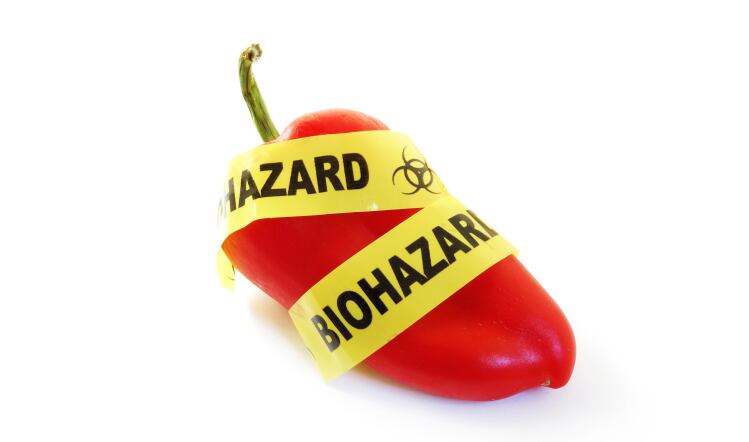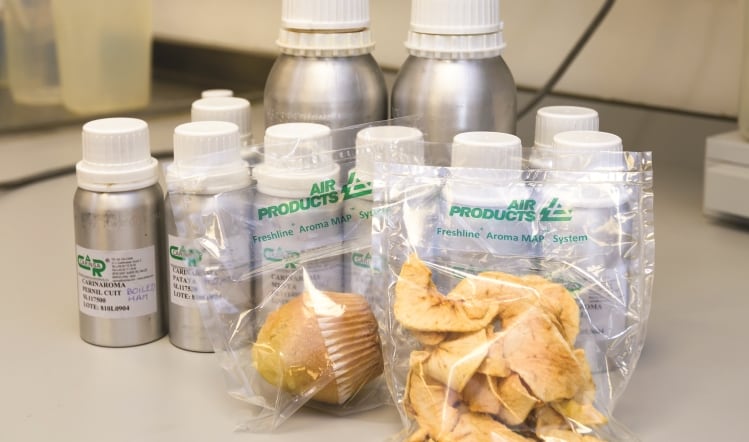Resistance of pathogenic bacteria to antimicrobial treatments is one of the most pressing public health issues facing modern society, with an estimated 750,000 people dying from drug-resistant bacterial infections globally each year.
Antimicrobial resistant (AMR) micro-organisms may contaminate food directly via animal-derived products, or indirectly via food crops in contact with water contaminated with animal manures. Additionally, humans suffering from or harbouring drug-resistant organisms may cross-contaminate food through inadequate hygiene procedures.
Importance of cleaning
In most food factories, accumulation of food debris and bacteria is controlled using validated cleaning procedures applied at appropriate intervals.
However, where cleaning is inadequate or infrequent, or the hygienic design of equipment does not permit sufficient access for thorough cleaning, organisms can quickly form surface-associated communities known as biofilms. These can confer resistance to biocides in several ways, including physical sequestration, reduced cellular permeability and changes to cell surface proteins.
Biofilms may facilitate the transfer of AMR genetic determinants, often carried on ‘mobile DNA’ (plasmids, integrons or transposons), from one bacterium to another – or even one species to another.
Exposure to biocides
Evidence suggests that following exposure to a biocide, microorganisms can become less sensitive to antibiotics – either when genes are activated which encode resistance to biocides and to certain antibiotics, or due to the physiological response of an organism to biocide treatment.
Given the many routes for potential transfer of AMR throughout the food chain, it is imperative that good hygienic practices are observed at every stage of food production, to avoid the proliferation of AMR microorganisms in food industry settings.




